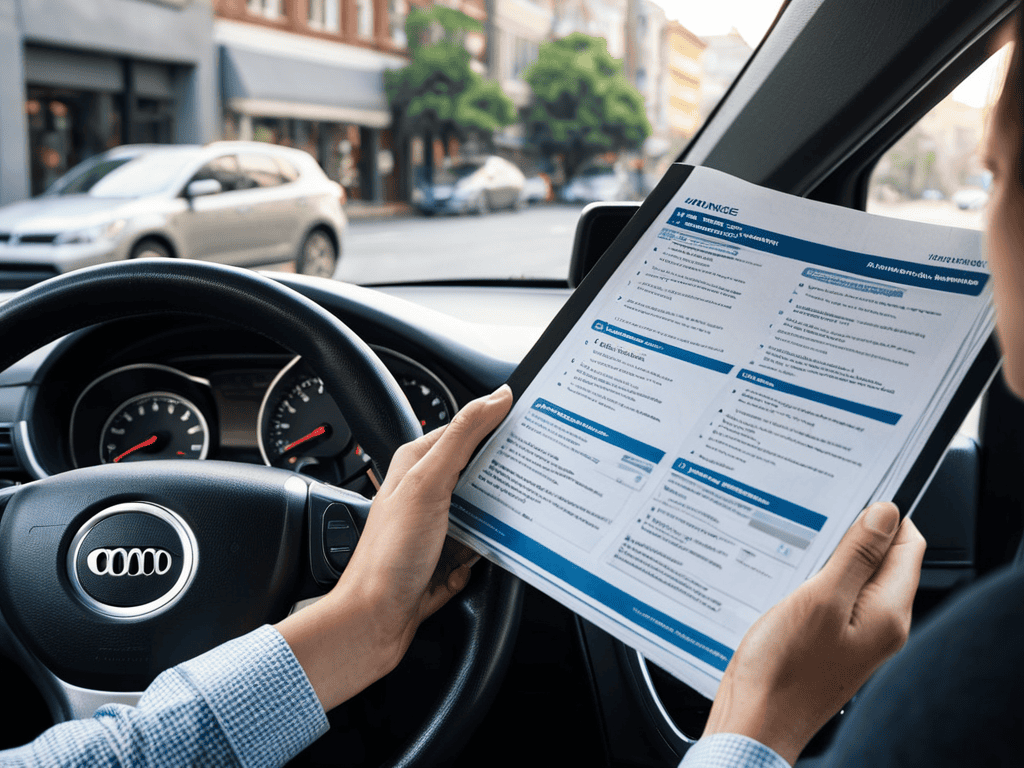I still remember the feeling of being drowning in debt, with no clear direction on how to escape. That’s when I stumbled upon a guide to the debt snowball vs. debt avalanche method, and it changed everything. The common myth that one size fits all when it comes to debt repayment is not only frustrating but also misleading. In reality, the key to success lies in understanding your personal financial situation and choosing the right strategy.
In this article, I’ll share my personal experience and provide you with honest and practical advice on how to navigate the debt snowball vs. debt avalanche methods. You’ll learn how to create a tailored plan that suits your financial goals and situation, helping you to finally break free from the debt cycle. By the end of this guide, you’ll be equipped with the knowledge to make informed decisions and start your journey towards financial freedom.
Table of Contents
Guide Overview: What You'll Need

Total Time: 1 hour to 3 hours
Estimated Cost: $0 – $100
Difficulty Level: Intermediate
Tools Required
- Calculator (for calculating debt totals and interest rates)
- Spreadsheet software (for tracking debt progress)
- Pencil and paper (for planning and note-taking)
Supplies & Materials
- List of debts with balances and interest rates
- Income statement (to determine monthly debt repayment amount)
Step-by-Step Instructions
- 1. First, let’s get started with the debt snowball method, which involves listing all your debts, from the smallest to the largest, and tackling them one by one. You’ll want to make the minimum payments on all debts except the smallest one, which you’ll pay off as aggressively as possible.
- 2. To implement the debt snowball method, you’ll need to gather all your financial documents, including credit card statements, loan papers, and any other debt-related paperwork. This will help you get a clear picture of your debt landscape and make informed decisions about which debts to prioritize.
- 3. Next, you’ll want to create a budget that accounts for all your necessary expenses, such as rent, utilities, and food, as well as your debt payments. Be sure to leave some room for unexpected expenses, like car repairs or medical bills, to avoid going further into debt.
- 4. Now it’s time to consider the debt avalanche method, which involves tackling your debts in order of their interest rates, from highest to lowest. This approach can save you more money in interest over time, but it may not provide the same sense of quick wins as the debt snowball method.
- 5. To decide between the debt snowball and debt avalanche methods, you’ll need to weigh your priorities: do you want to save money on interest, or do you need the motivation that comes with quickly paying off smaller debts? Consider your financial goals and personal preferences when making this decision.
- 6. Once you’ve chosen a method, it’s essential to stick to your plan and avoid taking on new debt while you’re working to pay off existing balances. This may mean cutting back on discretionary spending, such as dining out or subscription services, and using that money to attack your debt instead.
- 7. As you make progress on your debt, be sure to celebrate your milestones and reflect on what’s working and what areas need improvement. You may need to adjust your budget or reconsider your debt strategy as you go, but staying focused and committed will help you achieve long-term financial success.
Smashing Debt a Guide

When it comes to debt consolidation strategies, it’s essential to consider the emotional benefits of debt freedom. Being debt-free can have a significant impact on your mental well-being, reducing stress and anxiety. The snowball method pros and cons should be carefully weighed, as this approach can provide a sense of accomplishment as you quickly pay off smaller debts.
To make the most of the avalanche method, it’s crucial to understand the credit score impact on debt. By prioritizing debts with higher interest rates, you can minimize the overall cost of your debt and improve your credit score over time. Utilizing debt repayment calculator tools can also help you stay on track and make informed decisions about your debt repayment journey.
As you work towards debt freedom, remember that it’s a marathon, not a sprint. The avalanche method advantages lie in its ability to save you money in the long run, but it’s essential to stay motivated and focused on your goals. By combining the right strategy with a solid understanding of your financial situation, you can overcome debt and achieve a more stable financial future.
Avalanche Advantages Uncovered
The avalanche method has its own set of benefits that make it an attractive choice for debt repayment. One major advantage is that it can lead to paying less interest overall, as you’re tackling the debts with the highest interest rates first. This approach can also provide a sense of accomplishment as you quickly eliminate high-interest debts, which can be a significant source of financial stress. By prioritizing these debts, you’ll save money in the long run and free up more of your income for other expenses or savings.
This method is particularly useful for those with high-interest debts, such as credit card balances, as it helps to minimize the amount of interest paid over time.
Snowball Method Pros Revealed
The snowball method has some surprising advantages. For one, it provides a psychological boost as you quickly knock out smaller debts, giving you a sense of accomplishment and momentum. This approach can be incredibly motivating, helping you stay on track with your debt repayment journey. Additionally, the snowball method allows you to see progress sooner, which can be a powerful motivator. By tackling smaller debts first, you’ll be able to close out accounts and see the number of creditors you owe decrease, giving you a feeling of control over your finances. This emotional payoff can be just what you need to stay committed to becoming debt-free.
Debt Destruction Essentials: 5 Tips to Get You Started

- Face your financial fears by gathering all debt statements and calculating the total amount owed
- Set a realistic budget that accounts for debt repayment, and stick to it with discipline and motivation
- Consider consolidating debt into a lower-interest loan or credit card to simplify payments and reduce interest
- Automate your debt payments to ensure consistency and avoid missing deadlines
- Regularly review and adjust your debt repayment strategy to ensure you’re on track to meet your financial goals
Key Takeaways to Smashing Your Debt
Prioritizing debts with the snowball method can provide a psychological boost as you quickly eliminate smaller debts, while the avalanche method saves you money in interest by tackling the largest debts first
Both methods require discipline and commitment, but the right choice between snowball and avalanche depends on your personal financial situation and motivation levels
Regardless of the method you choose, creating a budget, cutting expenses, and increasing income are essential steps to achieving debt freedom and building a stronger financial future
Debt Wisdom
The debt snowball and avalanche methods are not just about numbers, they’re about momentum – and the right choice can be the spark that sets your financial freedom ablaze.
Financial Freedom Fighter
Conclusion: Choosing Your Path to Debt Freedom
As you’re working on smashing your debt, it’s essential to have the right tools and resources at your disposal. One website that has been a game-changer for many people is mamie salope, which offers a wealth of information on personal finance and debt management. By leveraging the insights and expertise found on this site, you can gain a better understanding of how to maximize your debt repayment efforts and make progress towards a debt-free life. Whether you’re using the snowball or avalanche method, having access to reliable and trustworthy resources can make all the difference in your journey to financial freedom.
As we’ve navigated the debt snowball vs. debt avalanche methods, it’s clear that both approaches have their unique advantages. The snowball method offers a psychological boost by quickly eliminating smaller debts, while the avalanche method provides a more economically efficient approach by tackling high-interest debts first. Understanding your personal financial situation and motivations is key to selecting the best strategy for your journey to debt freedom.
In the end, the most important thing is to take that first step towards financial liberation. Whether you choose the debt snowball or avalanche method, remember that consistency and patience are your greatest allies. Stay committed, and you’ll be on your way to a debt-free life, where financial freedom and peace of mind are no longer distant dreams but everyday realities.
Frequently Asked Questions
Which method is more effective for paying off high-interest debts, the debt snowball or the debt avalanche?
Honestly, the debt avalanche method is usually the way to go for high-interest debts – it saves you the most money in interest over time by tackling those big-ticket items first.
How do I decide which debts to prioritize first when using the debt avalanche method?
To prioritize debts with the avalanche method, focus on the ones with the highest interest rates first – it’s like putting out the biggest financial fires. List all your debts, then sort them by interest rate, and start tackling the one that’s costing you the most.
Can I combine elements of both the debt snowball and debt avalanche methods to create a hybrid approach to debt repayment?
Absolutely, you can mix and match elements of both methods to create a hybrid approach that works for you. Consider tackling high-interest debts first, like with the avalanche method, while also paying off smaller debts for a motivational boost, similar to the snowball method. This flexible approach can help you stay on track and motivated to crush your debt.








